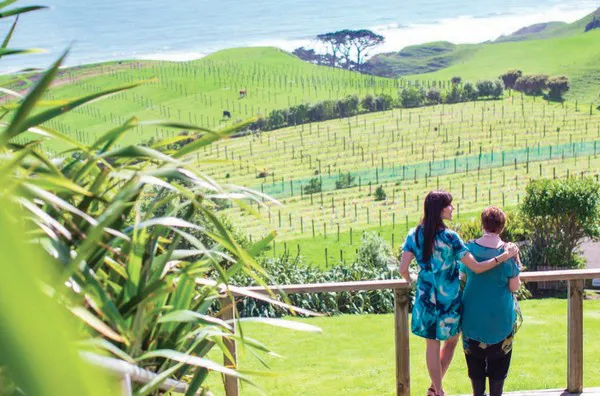Venture Taranaki has released an assessment on Taranaki’s land and climate, which provides an overview of our region’s growing capability, and the opportunity to help meet long-term goals of building diversity, value, sustainability, and market and supply-chain resilience.
A key finding of the released Taranaki Land and Climate Assessment is that there are around 207,000 hectares of land potentially suitable for generic horticulture within the boundaries of the Taranaki Regional Council.
The eight mainstream crops covered in the assessment include apples, kiwifruit, avocados, blueberries, hazelnuts and walnuts, potatoes, and wine grapes.
“The assessment also highlighted key findings regarding each crop covered. For example, the extra winter chill makes Stratford an ideal location for apples, whereas the entire region is suitable for walnuts excluding Stratford. Avocados are temperature sensitive, however, export could be considered by landowners in New Plymouth, Urenui and Ōaonui, as they meet the required mean temperature.” Venture Taranaki Chief Executive Justine Gilliland explains.

Plant & Food Research were commissioned to undertake the assessment as part of Venture Taranaki’s Branching Out initiative. Branching Out is a collaborative exercise to investigate, explore, package, and potentially pilot new commercial opportunities that could add wealth for Taranaki’s economy and help the region’s food and fibre sector become more diverse, resilient, innovative and in-demand.
During their assessment, Plant & Food Research conducted a comprehensive survey of Taranaki’s land, environment and climate databases relevant to the sector and region to quantify Taranaki’s untapped potential to support a range of commercial horticultural endeavours.
“Foundational to investigating this potential is to assess and understand the accessibility and quality of the climatic land and soil data available for the region,” says Justine
“The assessment compares the region’s differing climates, and focuses on data pertaining to topography, soil attributes, water, and potential land use, particularly looking at the viablity of some key New Zealand crops that could have potential for commercially successful growth here in Taranaki,” adds Justine.
“Successfully leveraging the opportunities that horticulture presents is about much more than soil, seeds and climate, or simply growing things. Success will be achieved as much by these factors as by people, knowledge transfer, and the emergence of new chains, processing, and products to deliver these growing opportunities to market,” further explains Anne Probert, Venture Taranaki General Manager Regional Strategy and Sectors.
“Taranaki has proven over decades that it has all these components in spades and can adapt to continue to meet market demands over time,” says Anne.
“This assessment will be of interest to those considering opportunities to foster diverse, complementary food and fibre value chains within Taranaki. As the report indicates, there is plenty of potential in Taranaki to increase the share of horticulture for the region’s future prosperity and resilience,” concludes Justine.
Branching Out is funded by Taranaki’s three district councils and the Ministry for Primary Industries’ Sustainable Food & Fibre Futures fund, with significant in-kind support from Venture Taranaki, Massey University, Crown Research Institutes, and primary sector/food and fibre industry enterprises.
To view the Taranaki Land and Climate Assessment, please click here.
Source: Scoop
